Fast Growing Shade Trees
Jan 11, 2025
Why You Should Plant Fast-Growing Shade Trees
Shade trees are among the most coveted features of any landscape. They offer relief from the scorching heat of summer, enhance the aesthetic appeal of a yard, and provide a habitat for wildlife. However, many homeowners looking to create shade in their outdoor spaces often need help waiting years for their trees to grow to full maturity. The solution to this dilemma lies in fast-growing shade trees, which can quickly provide the desired shade and beauty.
In this article, we'll explore some of the best fast-growing trees that provide excellent shade and discuss their benefits and how to care for them.
Why Choose Fast-Growing Shade Trees?
Fast-growing trees offer several advantages:
- Immediate Shade: One of the benefits is their immediate shade. If you have a large backyard or want to protect your home from heat.
- Energy Efficiency: Smart thinking planting of shade trees can significantly lower cooling costs by providing shade to homes, reducing the need for air conditioning.
- Erosion Control: Fast-growing trees with spreading root systems can help stabilize the soil and stop erosion, particularly on sloped landscapes.
- Environmental Benefits: These trees can reduce carbon dioxide levels and improve air quality, helping the environment in a relatively short time frame.
- Wildlife Habitat: Even when young, fast-growing shade trees provide shelter for birds, insects, and other small wildlife.
Top Fast-Growing Shade Trees
Several tree species are known for their rapid growth and ability to provide dense, cooling shade. Below are some of the most popular fast-growing shade trees:
- Silver Maple (Acer saccharinum)
- Growth Rate: 3–7 feet per year
- Description: Silver maples are one of the fastest-growing trees, reaching 50 to 80 feet at maturity. Their broad palate leaves create ample shade, and their adaptability to various soil types makes them popular. They thrive in wet soils but grow in drier conditions once established.
- Considerations: While silver maples proliferate, they have brittle wood, which can break during storms. Additionally, their roots may be invasive and can cause damage to nearby sidewalks or plumbing.
- Tulip Tree (Liriodendron tulipifera)
- Growth Rate: 2–3 feet per year
- Description: Tulip trees are majestic, with a straight trunk and large, distinctive leaves that provide dense shade. This species can grow to heights of 70–90 feet, making it an excellent choice for large properties. Its bright green foliage turns yellow in the fall, adding to its aesthetic appeal.
- Considerations: While they proliferate, tulip trees require ample space and are unsuitable for small yards. They also prefer moist, well-drained soils.
- Fast-Growing Oak Species (e.g., Pin Oak, Red Oak)
- Growth Rate: 2–3 feet per year
- Description: Oak trees, particularly species like the Pin Oak (Quercus palustris) and Red Oak (Quercus rubra), can grow quickly and provide long-lasting, dense shade. They are known for their sturdy branches and long lifespan, often reaching heights of 60–70 feet.
- Considerations: Oaks may require more time to establish than other fast-growing trees, but they provide excellent shade and environmental benefits once they do. They do best in well-drained soil and full sunlight.
- Boxelder (Acer negundo)
- Growth Rate: 3–6 feet per year
- Description: A type of maple, the boxelder is a fast-growing tree that can grow as tall as 50 feet. It has compound leaves and can tolerate many soil types, making it adaptable to many landscapes. It is instrumental in urban environments where other trees may struggle.
- Considerations: Boxelders have weak wood and are prone to breakage in storms. Additionally, they may not have the same aesthetic appeal as other shade trees.
- Red Maple (Acer rubrum)
- Growth Rate: 2–3 feet per year
- Description: Red maples are fast growers and visually striking with their red foliage in the fall. These trees can grow to 40–60 feet and have a broad canopy that provides ample shade. They tolerate various soil types and can thrive in wet and dry conditions.
- Considerations: While red maples are hardy, they may be susceptible to certain pests like aphids and scales, which can cause damage.
- American Sycamore (Platanus occidentalis)
- Growth Rate: 3–5 feet per year
- Description: The American sycamore is one of the largest native trees in North America, capable of reaching heights of 75–100 feet. Its broad, spreading canopy provides excellent shade. Its distinctive bark peels off in patches and adds unique character to landscapes.
- Considerations: Sycamores require plenty of space due to their size and vast root system. They can also be messy, dropping large leaves and twigs.
- Black Locust (Robinia pseudoacacia)
- Growth Rate: 3–5 feet per year
- Description: The black locust is known for its fast growth and ability to adapt to poor soil conditions. It produces white flowers in spring and compound leaves that provide dense shade. This tree is particularly suitable for reforestation projects and complex sites.
- Considerations: While the black locust grows quickly, its wood is weak and susceptible to breakage. It can also become invasive in certain areas, so care should be taken to manage its spread.
Care Tips for Fast-Growing Shade Trees
- Watering: Most fast-growing trees need regular watering during their early years. Once planted, many can handle drought, but it's important to make sure they receive lots of water during dry spells.
- Pruning: Regular trimming helps remove dead or damaged branches, promoting better airflow and healthy growth. Proper pruning also helps prevent trees from becoming too top-heavy, reducing the risk of breakage.
- Soil Quality: Fertilizing your trees with compost helps make sure they get the nutrients for growth. Make sure the soil is dry, as standing water can lead to root rot.
- Pest and Disease Management: Fast-growing trees are sometimes more likely to get pests and diseases. Regularly look for signs of disease and address any issues promptly to keep your trees healthy.
Fast-growing shade trees are a fantastic choice for homeowners looking to quickly create a comfortable and shaded environment. Whether you're looking for a tall and majestic oak, a colorful red maple, or a robust sycamore, there is a tree that will suit your space and needs. By choosing the suitable species and providing proper care, you can enjoy these trees—from cooler summers to beautiful landscapes—in no time.

 Native Ferns
Native Ferns
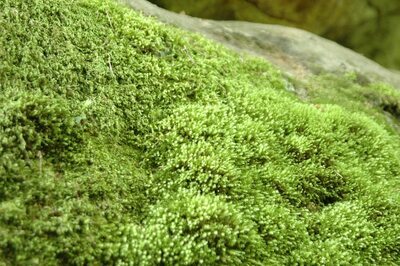 Native Mosses
Native Mosses
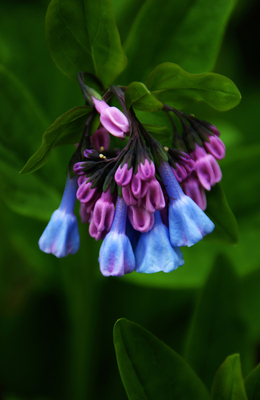 Native Perennials
Native Perennials
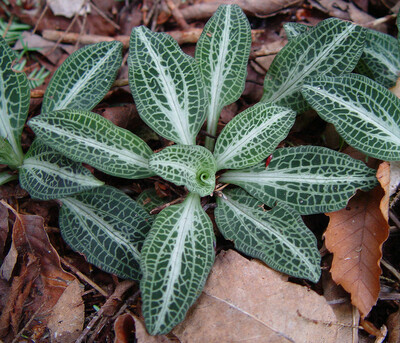 Native Ground Covers
Native Ground Covers
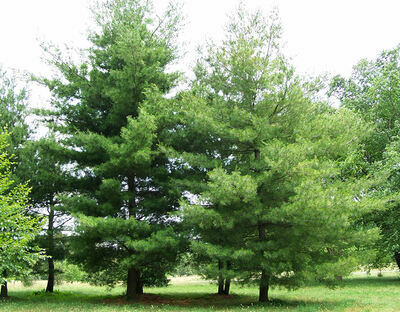 Native Trees
Native Trees
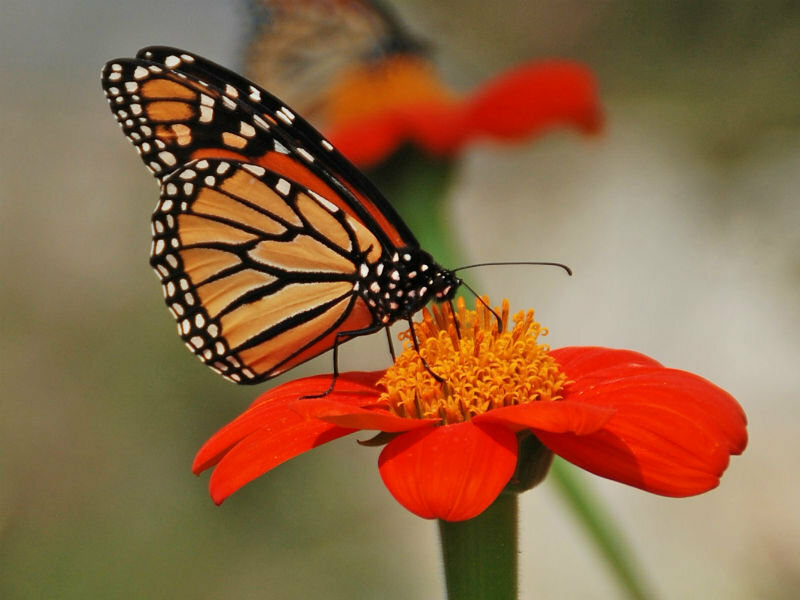 Pollinators
Pollinators
 Shop Bloom Color
Shop Bloom Color
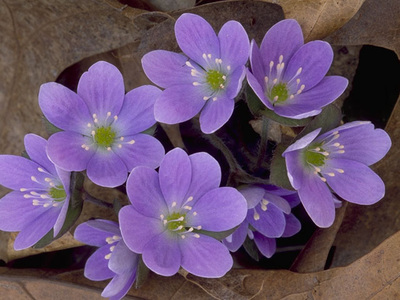 Perennials By Zone
Perennials By Zone
 Medicinal Herb Plants
Medicinal Herb Plants
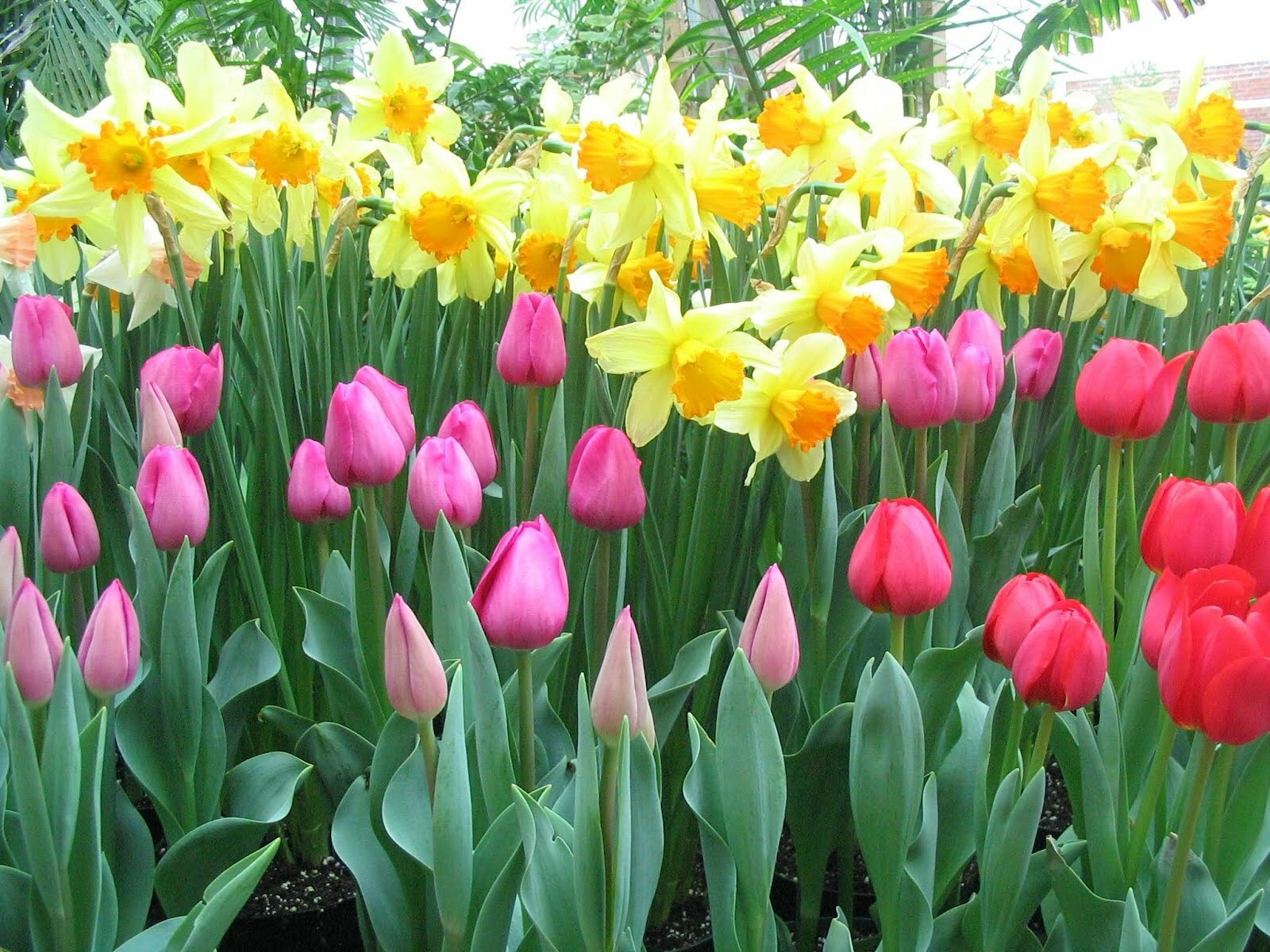 Spring Bulbs
Spring Bulbs
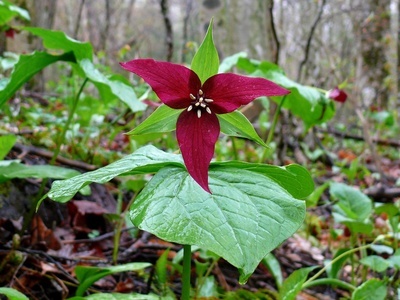 Trillium
Trillium
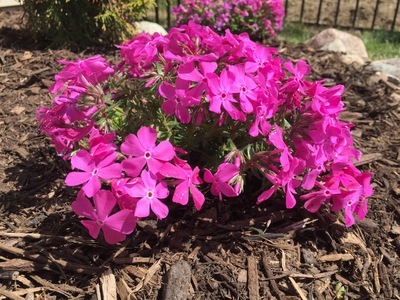 Shop By Zone
Shop By Zone
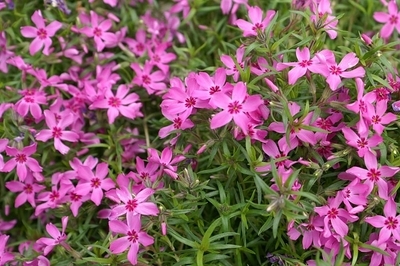 Flowering Groundcovers
Flowering Groundcovers
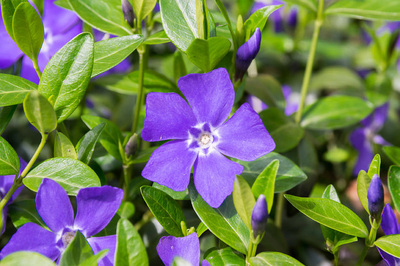 Evergreen Groundcovers
Evergreen Groundcovers
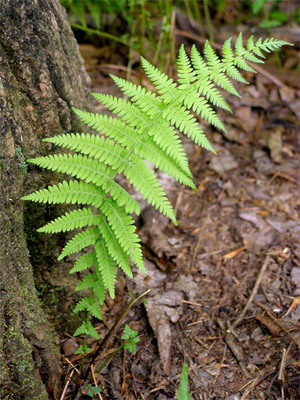 Ferns for Zone 3
Ferns for Zone 3
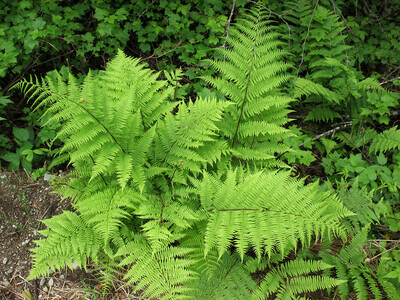 Ferns for Zone 4
Ferns for Zone 4
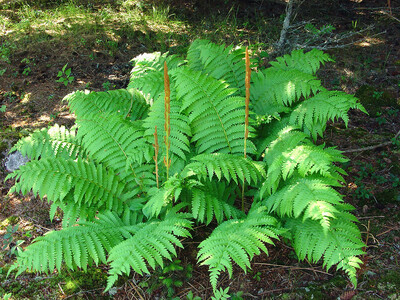 Ferns for Zone 5
Ferns for Zone 5
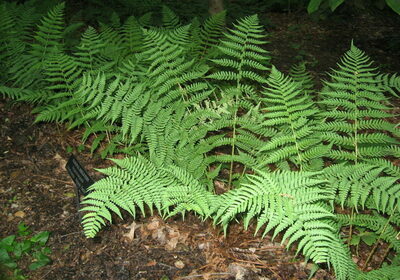 Ferns for Zone 6
Ferns for Zone 6
 Ferns for Zone 7
Ferns for Zone 7
 Ferns for Zone 8
Ferns for Zone 8
 Christmas bows
Christmas bows
 Fresh Wreaths
Fresh Wreaths
 Garlands
Garlands
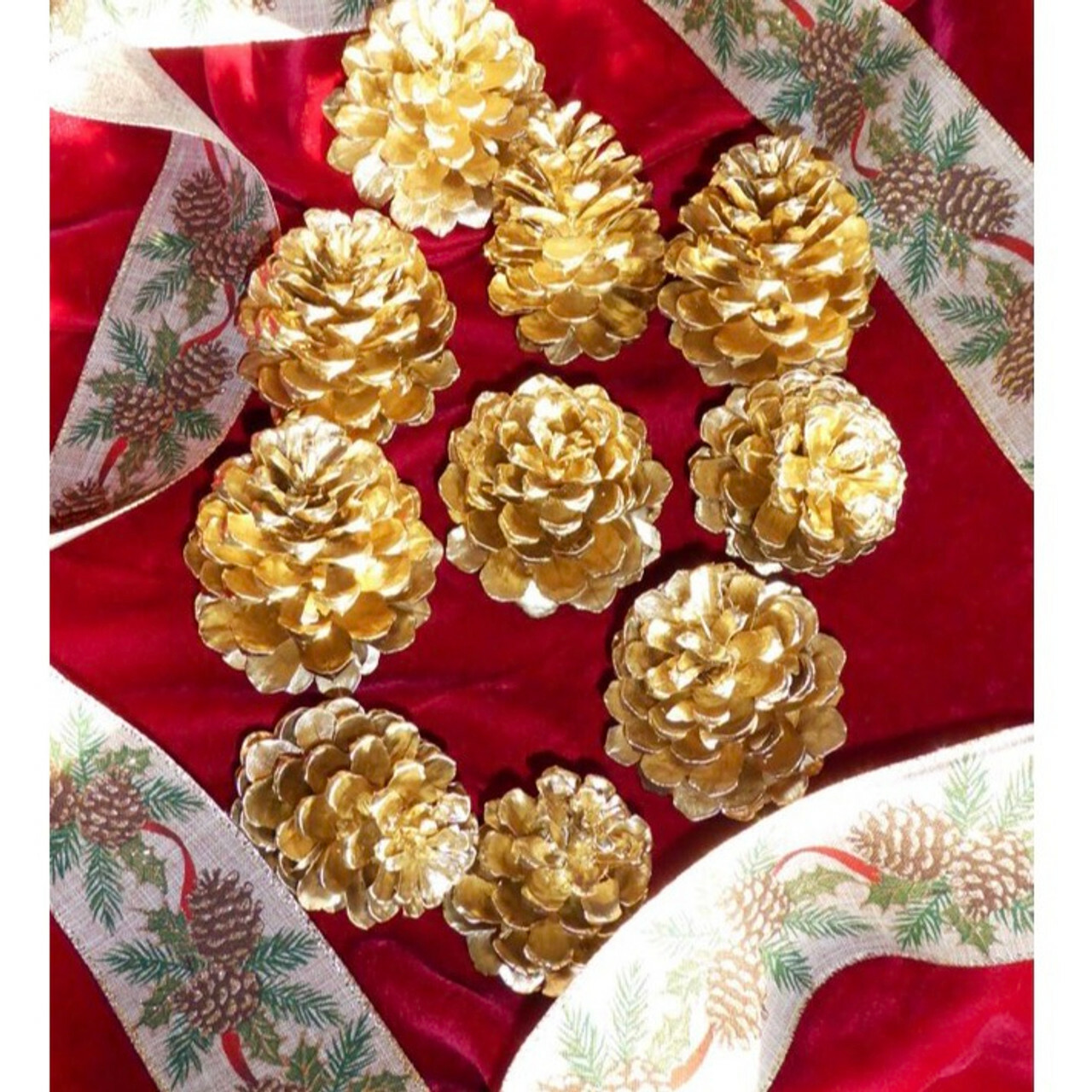 Large Pine Cones
Large Pine Cones
 Live Mistletoe
Live Mistletoe
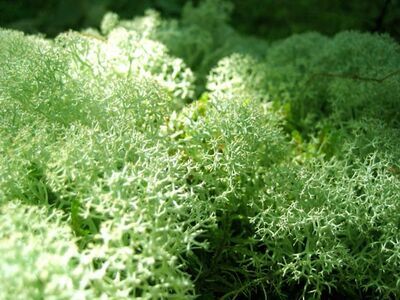 Moss
Moss
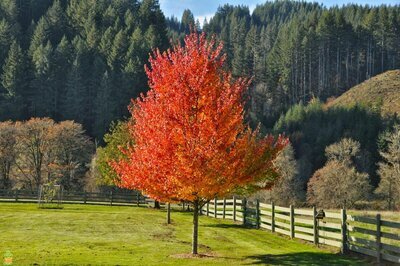 Shop Trees By Zone
Shop Trees By Zone
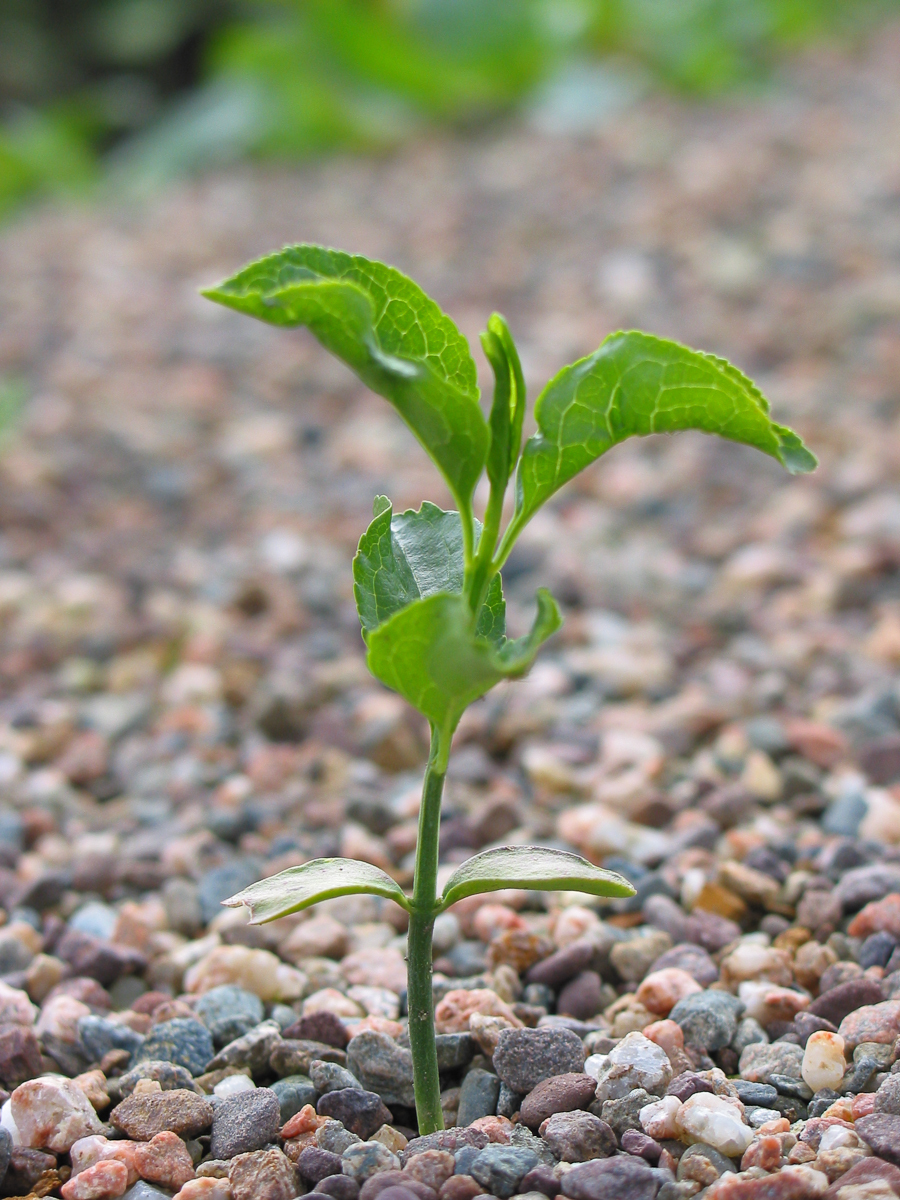 Tree Seedlings
Tree Seedlings
 Fast Growing Trees
Fast Growing Trees
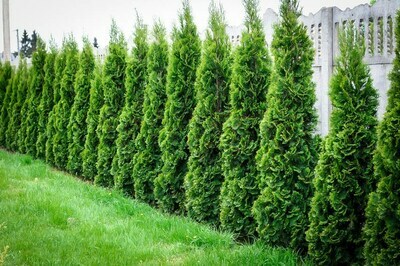 Pine Trees
Pine Trees
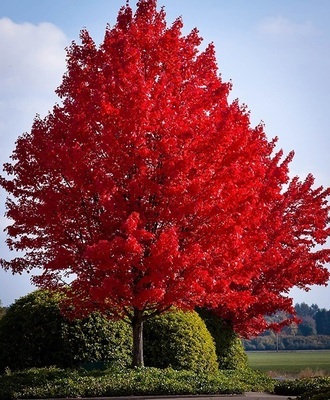 Live Stakes
Live Stakes
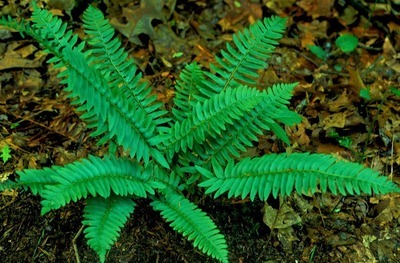 Evergreens
Evergreens
 Cactus
Cactus
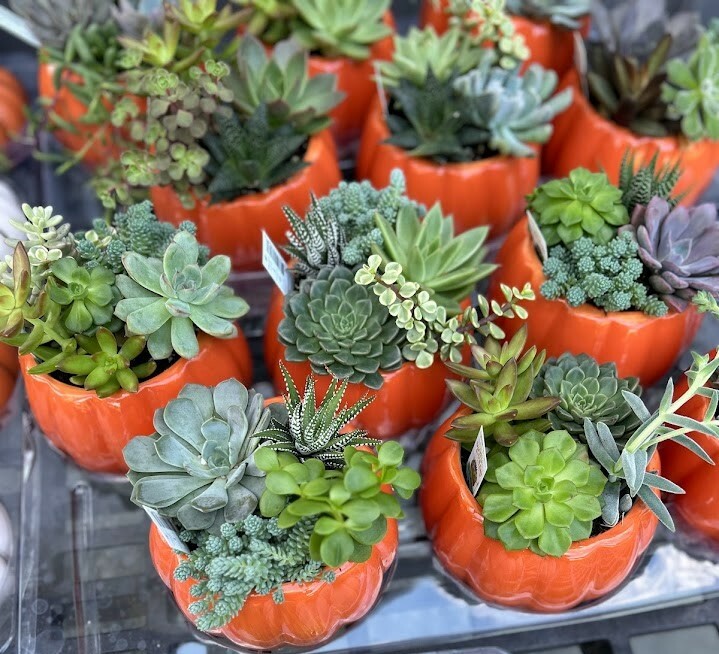 Combos
Combos
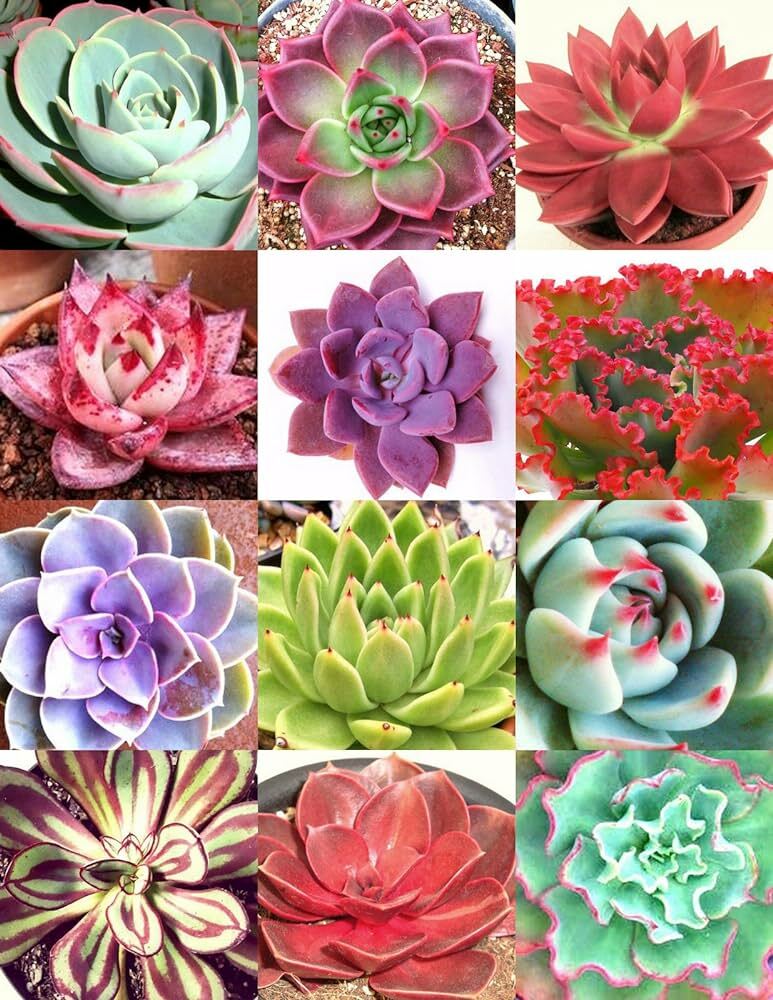 Echeveria
Echeveria
 Haworthia
Haworthia
 Sedum - Stonecrop
Sedum - Stonecrop
